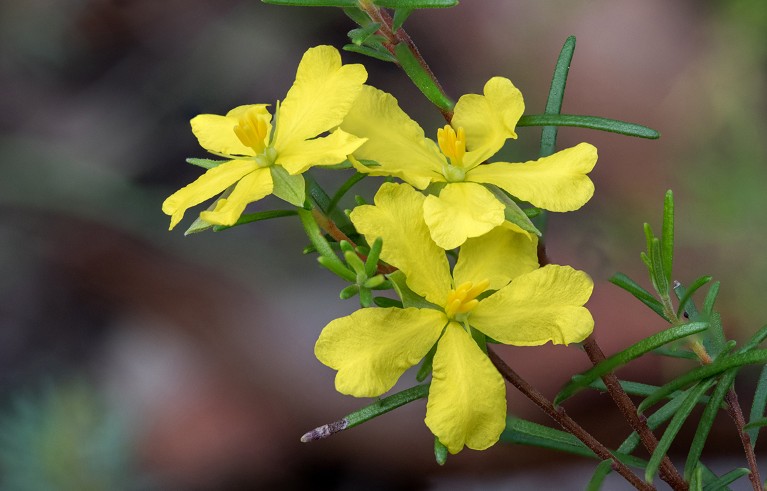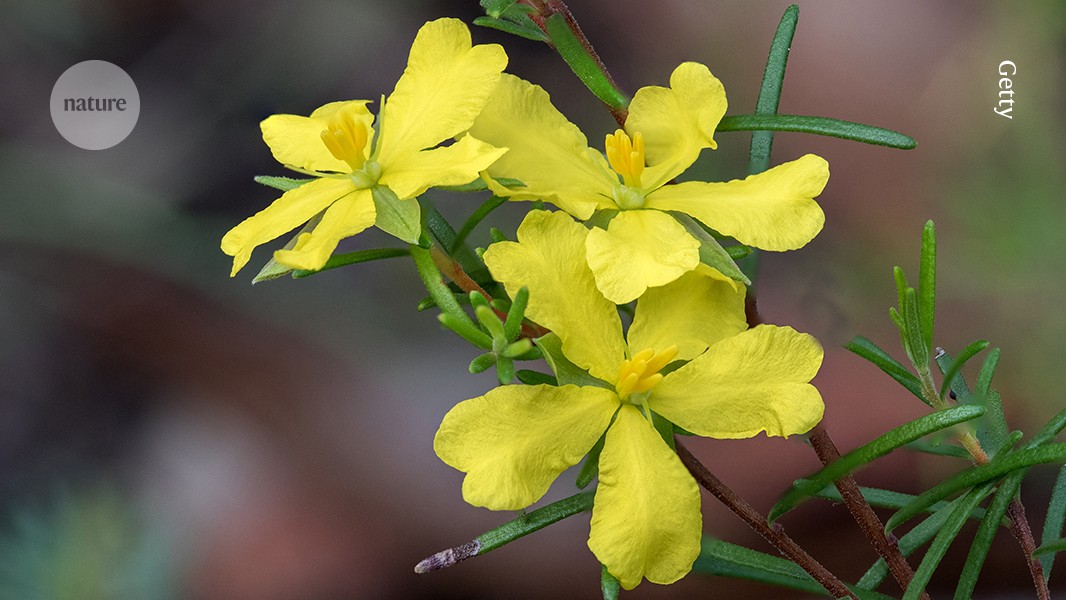You have full access to this article via your institution.

A Hibbertia flower, named after George Hibbert, who was in favour of slavery.Credit: Getty
When did humans begin to assign names to each other? It’s a question that has occupied researchers for decades. What is clear, however, is how important consistent naming is in helping us to make sense not just of people, but of the world around us more generally: for record-keeping, wayfinding and classification. And there are many, many rules and systems for what constitutes a name and how names should be recorded.
Nature’s podcast team has been exploring naming conventions in science in a landmark three-part series, the final instalment of which landed this week (Z. Merali Nature https://doi.org/ph4g; 2025). The series dives into the systems and approaches that disciplines in the life and physical sciences use to assign names. These range from standardized nomenclature for species and genes to the sometimes-evocative — and potentially deceptive — labels given to some physical phenomena. For example, in what sense is dark energy actually ‘dark’? Or in what way do fundamental particles actually ‘spin’?
Should offensive species names be changed? The organisms that honour dictators, racists and criminals
Outside research, people and communities generally name things themselves and have their own naming systems. There are exceptions, under colonialism, for example, when occupying powers often change the languages and the place names in the countries and territories they control.
In science, it is mostly researchers who get to name things. That has mainly meant researchers from the Northern Hemisphere, although, in the past few decades, scientists from countries that are rich in biodiversity have been taking the lead in discovering and naming. The convoluted history of naming leads to a whole separate issue, which the podcast series also explores: how researchers around the world are tackling problematic names that persist in science today.
Core to this is what to do about people who have been recognized, even celebrated, in science, even though they are known to have committed or contributed to harms. As just one example, researchers are discussing what to do about plants that carry the name of George Hibbert (1757–1837). A wealthy politician and trader, Hibbert profited from slavery, and opposed ending it. He was also a patron of botany, which is recognized in the name of the plant genus Hibbertia — now containing several hundred species.
Researchers have a spectrum of opinions on what to do, and the costs and benefits of different approaches, on which our colleagues at Nature Ecology and Evolution have been reporting. There’s an argument, for example, that a system that involves naming things after individuals should have no place in modern science, which is collaborative1. This is countered by a view that the existing system enables today’s diverse research teams to recognize historically under-represented people, places and cultures2. If there are names that live on in hundreds of species, some worry whether names and naming systems can be changed while ensuring continuity in the scholarly record.
Hundreds of racist plant names will change after historic vote by botanists
Meanwhile, some argue that such debates, although important, should not distract from furthering discovery and invention — especially in the plant sciences, in which so much remains to be discovered and described3.
Last July, the global scientific body that sets rules for naming plant species voted to eliminate some scientific names that members deemed offensive. The International Botanical Congress (IBC) in Madrid decided that more than 200 plants, fungi and algae species will no longer include a racist slur used against Black people. The word will instead be replaced with derivatives of the letters ‘afr’, to recognize Africa. In a second rule change, attendees voted to establish a committee to consider how to approach the ethics of names for newly described plants, fungi and algae. Its work will apply to species names given after 2026, not to existing ones.
The IBC has shown that change is possible, albeit incrementally. Other societies that are no doubt watching must also consider what steps they can take. People who have demonstrably caused harm should not be celebrated. How best to ensure that scientific naming conventions reflect that — and how else they might change to reflect the modern, diverse and plural enterprise of science — is a question that the whole research community should engage with. This is difficult but necessary work.




